This is the twelfth in a Series of Reminiscences by E. R. Brown. Brown was born in Pulaski County on August 9, 1845. His writings are abstracted from the Pulaski County Democrat on microfilm housed in the Pulaski County Public Library, Winamac, Indiana. Find links to earlier entries at the end of this article.
Published in Pulaski County Democrat, May 4, 1922
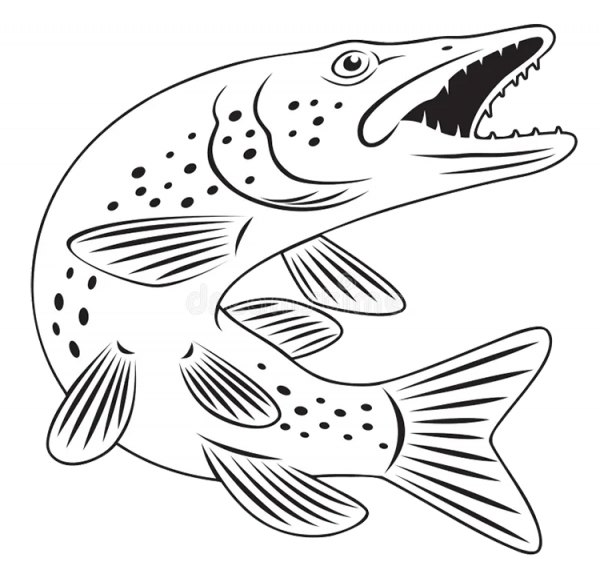
It must be admitted that, while this subject is of peculiar interest to the writer and that the fingers holding the pen have been itching for the work, this article is begun with a clear understanding that its statement will not in all cases be swallowed whole. The estimate placed upon fish stories, particularly along the Tippecanoe, forbids all hope of the most favorable reception of this one. As a sort of olive branch, meekly extended beforehand to the fishing fraternity, I may say that all reports of personal catches, ancient or modern, and of whoppers that got away, have been sorrowfully blue-penciled. And yet, if those who now spend a strenuous afternoon fighting venomous flies and mosquitoes and loosening hooks and lines from overhanging limbs and sunken driftwood, then come home at night dead tired, thirsty enough to drink the well dry and hungry enough to eat a raw potato, but proudly bearing a few hapless google-eyes or sunfish five or six inches long (often less), should consider the statements of what used to be true of our still beautiful and clear-flowing river as being overdrawn, if not decidedly ‘fishy,’ who can blame them? I confess that these changes along many lines almost seem mythical to me sometimes.
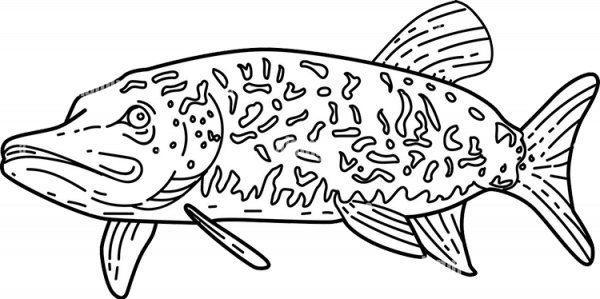
With respect to fish, like other things, no marked changes seemed to take place for some years after white settlement began, though large early catches were reported, mainly by means of fish dams at first and then with seines. These dams are now known as ‘Indian dams,’ though some of our best-informed pioneers insisted that they were built by white people. It seems plain to me that if not originally built by them, they were rebuilt and improved by them. The first I saw had baskets, which caught the fish, made of split timber, with some hewed timber and iron bolts, which would be strongly against the theory of Indian construction, as I understand it. There used to be one of these dams below Walters school house, opposite the old William Keys farm, and another just below the Pulaski dam. Mr. Ed Frain advises me that there were also two near the old Frain homestead, as there were doubtless others farther up the river. Some still remain in fair preservation between Pulaski and Monticello. The trouble with these dams was that they would only catch fish that were headed downstream. I am convinced that not as many fish come up the Tippecanoe this far, for any reason and later go down again, as is true of other streams.

Seining was far and away more successful. My people were interested early in the longest, widest, best constructed seine I ever knew of here. It had been made by an expert having a fishing experience before coming here. This was before my time, but I became familiar with its use later. The story of one catch with this seine surely sounds fishy. Yet I have never doubted it in the least because I heard my father tell about it and I never knew of him telling even a ‘white’ lie about anything else. After putting the seine in and ‘making the draw’ as I have seen done so often–starting from one shore with a boat and circling toward the opposite shore, one man skillfully managing the boat and another deftly feeding the seine into the water from the rear end, all joining when this was done to pull it downstream a ways and bring the ends together on the side from which the start was made, then carefully working the whole seine to that point, giving heed that the ‘lead line’ was always on the bottom and the ‘cork line’ always above the water–they found that they had a wagon load of fish. A farm wagon, having a common sized bed, was brought to the water’s edge and, the fish being thrown in, filled it heaping full. They were mostly quill backs, a fish weighing about two pounds and of fair quantity, now scarce or unknown.
While that was an unusual catch for that period, the smallest of those then made would be impossible in our
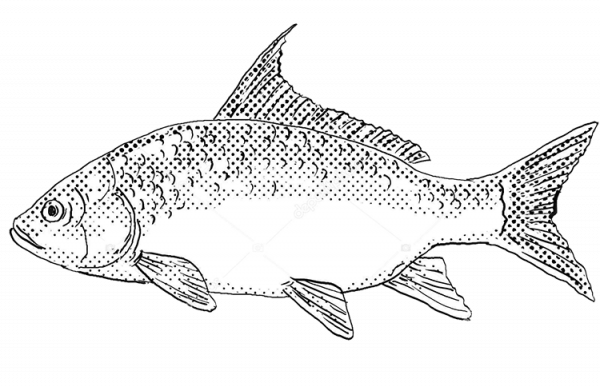
day. And the average size of fish caught then was as much in contrast with what is possible now as was the number. The largest was the buffalo, none of which have been seen for many years unless the large fish brought in by Mr. Degner a year or more ago was one. It weighed over forty pounds. Many large ones were caught in the early seines. The next largest were salmon and pike. These averaged about the same in size. They usually ran from five to eight pounds, but a ten pounder of either was not rare. It required a fifteen pounder to be in that class. Red horse were also large, often weighing ten pounds or more. Obstructions from driftwood eventually lessened the pleasure of seining and they also cut down the catch. So no decrease of fish in the river, or of their average size, was specially noted until seining itself had largely decreased.
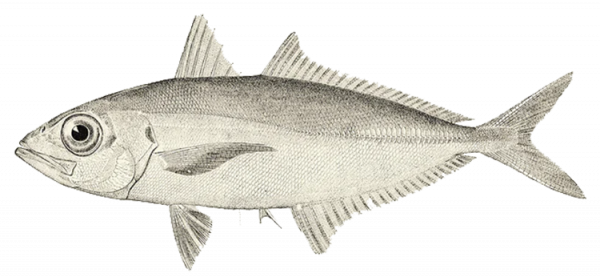
Many fish were otherwise taken early with spears, then called ‘gigs’. A few men became so adept in handling both canoe and spear that the fish had little chance. I have known one of them to drive an immense, gamy bass, like a farmer drives his unruly stock, forcing him into shallow water and then spearing him. A pike thus harried would soon stop and was speared at will. The less manly way of spearing fish by going out at night, searching him out, and blinding and confusing him with a torch while feeding in shoal water, also came into use early and large quantities of fine fish were taken that way.

But nevertheless all the methods of taking fish early in use and often plied assiduously, a great many remained. In fact, I do not recall that any of the older people ever remarked about there being less fish in my childhood than formerly. The quantity and size of those to be seen any day and at almost any point along the Tippecanoe and other smaller streams, or that were caught by anglers old and young, with only rude equipment and without much skill or effort, if stated in the most modest terms, might well stagger the credulity of anyone. To meet a ten-years old boy with a string of large bass, caught himself with hook, line and pole that would now be laughed at, was no surprise whatsoever. All hooks used early were much larger and lines much heavier than more recently. Both were expensive and, in the absence of local stores, not easy to get. Poles were only such as our thickets afforded. I never saw a cane pole until I was a grown man. Steel rods and reels came later. Landing nets would have been considered more of a fad than unbuckled galoshes are today–possible as silly. When one got a bite (now refined by calling it a ‘strike’) in the old days, sometimes a slight wait ensued and with such a line given as was possible by leaning forward and extending the arms. But whether these were true or not, a vigorous jerk was a part of the game and Mr. Fish was unceremoniously dragged out or thrown high in the air. I have likewise seen a large salmon break a stout hickory rod in two or three pieces and when the fisherman had grabbed the line, break that and escape.
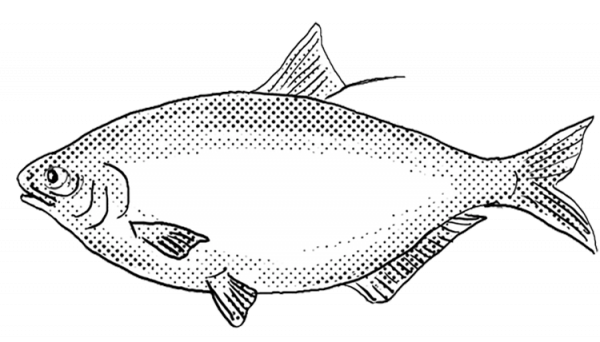
One of the fish omitted was the grass pike, which for the sake of old times, I would not want to forget. He was a shapely little fellow, from six to ten inches long, was plentiful everywhere, particularly in creeks and bayous, and was an easy victim of the wiles of the small boy. An old dispute was whether he was the young of the larger species of pike, or a species by himself. Not finding him now in the books at hand, I infer the former was true. But that is a mere circumstance. The important point now is that he would lie still and allow a snare, made of hairs pulled out of a horse’s tail to be slipped over his head, and this a youngster very much elated could supply the whole family with grass pike. The grass pike is to me a distinct if not a pleasant reminiscence.
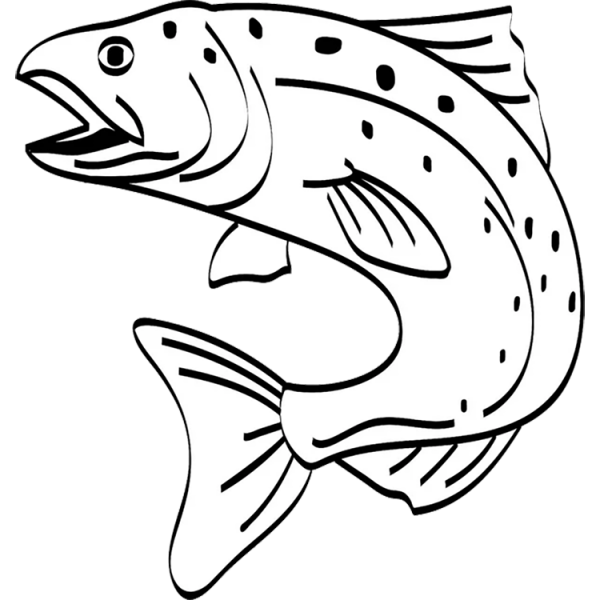
The google-eye has been referred to, but not in a way to do him justice as he used to be. I have seen google-eyes caught with a dip net, below the Pulaski dam, a half bushel at a draw, while it was not uncommon then to catch a half bushel in an afternoon with hook and line. And in neither case was it necessary to measure any one of them to make sure that a fish warden would not get you. This fine fish is found over a wide section of the country and is held in high favor everywhere. But to me the meat seems a little firmer and its flavor a little more pleasing, when caught out of the streams of northern Indiana.
And, with all his faults, I must not entirely ignore the ubiquitous and always hungry dogfish. He was in a class by himself and seems now to be only a memory. He was evidently not the dogfish of the dictionaries, was better looking and as useful as some others having a better reputation. He was long and shapely, having a blueish-black color, except some white underneath and blueish-brown streaks on his sides, with spots of the same color on his tail. For some reason few were ever caught but with hook and line and few weighed less than two pounds, then up to ten pounds and more. At any time on getting a bite, whether fishing with a pin hook and worms for minnows or with a choice chub for bass, one was liable to pull out a dogfish. Many good people, well-posted as to his habits and the character of his flesh, ate him freely. In our family he was taboo. So it was something the same with us if when we got a bite, particularly if bait was scarce, we caught a dogfish, as it is now, under similar circumstances, to catch a garfish or water dog. Once when I was too young and poor to have a hook and line of my own, I sat on the bank and saw my two older brothers catch more than a hundred pounds of dogfish, in every case with disappointment, while trying to catch bass, pike or salmon. We were pleased to find that a neighbor was glad to have them. My belief now is that they were far preferable to the carp we have imported, cleaner of habit and safer and more palatable to eat.
Links to Earlier Articles
- Part one (Common Inconveniences) October 2018 newsletter.
- Part two (Land) June 2019 newsletter.
- Part three (Trees & Timber) November 2019 newsletter.
- Part four (The River) February 2020 newsletter.
Later editions are carried as separate posts.
- Part five (Public Roads)
- Part six (Schools)
- Part seven (Markets & Trading Points)
- Part eight (It’s Mills)
- Part nine (Wild Game)
- Part ten (Feathered Wild Game)
- Part eleven (Animal Pests & Birds of Prey)